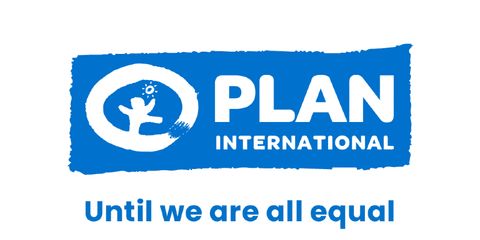Protect us!
Protect us! Inclusion of children with disabilities in child protection
Children with disabilities experience very high levels of violence, according to new research from Plan International.
Children with disabilities experience very high levels of violence, according to this research from Plan International and the London School of Hygiene and Tropical Medicine. The new study carried out in Uganda and Malawi provides valuable insights into the lives of children with disabilities.
Key findings include:
- Girls and boys with disabilities experience extremely high levels of violence: 84% of children with disabilities surveyed reported having experienced some form of violence at school in the previous week.
- Girls with disabilities were more likely to report emotional and sexual violence than girls without disabilities.
- Children with disabilities find it difficult to access community-based child protection mechanisms, due to a range of barriers including environmental barriers, social barriers and institutional barriers.
This extremely important piece of research shows that if we don’t explicitly include, we exclude.
In line with the aspiration of the Sustainable Development Goals to “leave no one behind” and with the UN Convention on the Rights of Persons with Disabilities, we therefore call upon Plan International and all other development actors to work together to stop the widespread violence against boys and girls with disabilities, and take concrete steps to include them in child protection mechanisms.
Key findings and recommendations
Key findings
- Girls and boys with disabilities experience extremely high levels of violence compared to children without disabilities.
- Girls and boys with different types of impairments are vulnerable to many forms of violence, but violence is most noticeable for children with intellectual impairments and communication difficulties. In addition, girls with disabilities were more likely to report emotional and sexual violence than girls without disabilities.
- Children with disabilities find it difficult to access community-based child protection mechanisms, due to a range of barriers including environmental barriers, social barriers and institutional barriers.
Recommendations for organisations
- Develop targeted programmes aiming to prevent and respond to violence against children with disabilities.
- Take concrete steps to ensure mainstream child protection programmes are accessible and inclusive.
- Build knowledge and capacity of child protection professionals and community-based volunteers on the rights, vulnerabilities and capacities of children with disabilities.
Recommendations to governments
- Evaluate formal child protection services for accessibility and inclusion, and make necessary adaptations to ensure they are suitable for children with disabilities, regardless of type of impairment.
- Provide safe, inclusive education for all children.
Recommendations for research
- Conduct research on the root causes of violence against children with disabilities, how they can be prevented, and how different elements of child protection systems can be made inclusive of and effective for children with disabilities.
Download options
summary (english)
676.04 kb
Summary (Francais)
674.00 kb
Summary (Espanol)
631.02 kb
report (english)
2.31 mb
Categories: Protection from violence

